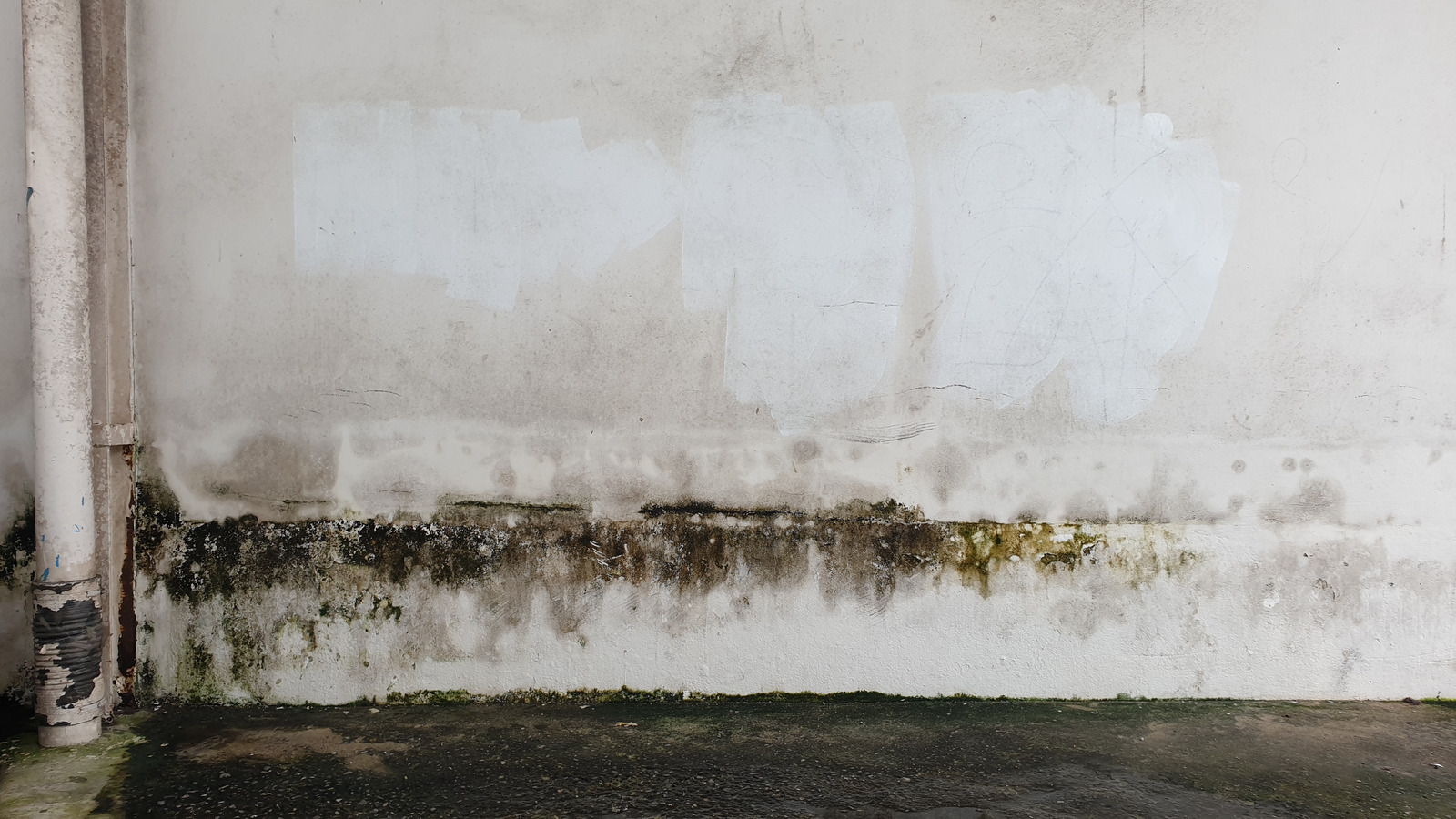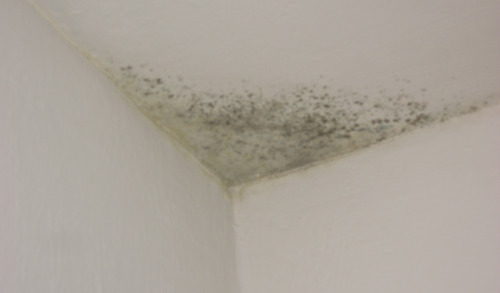What're your beliefs on How to Find and Repair Water Leaking in the Wall?

Water discolorations on walls are not enjoyable to the eyes. In some cases it seems almost unavoidable to experience water stains on walls in homes.
Property owners living in humid regions frequently deal with the anxiety of water spots on walls. That doesn't have to be the case for you. With all-around and accurate information on the causes of water stains as well as timely repair work processes, you will certainly constantly be an action ahead of such incidents. So, this short article assures to be a practical guide for you.
3 Usual Root Causes Of Water Discolorations on Wall Surfaces
As opposed to common belief, water discolorations on walls do not always originate from bad building products. There are several sources of water spots on wall surfaces. These include:
Moist
When warm moist air meets with dry chilly air, it causes water beads to base on the wall surfaces of buildings. When there is vapor from food preparation or showers, this takes place in restrooms and kitchen areas. The water beads can tarnish the bordering walls in these parts of your residence and also infect various other areas.
Moist or condensation influences the roof and walls of structures. When the wall surface is wet, it creates an appropriate atmosphere for the development of fungis and also microbes.
Poor Drainage
This will certainly prevent water from leaking into the walls. This links to excessive wetness that you notice on the walls of your structure.
The leading cause of wet walls, in this instance, can be a bad drainage system. It can additionally result from poor monitoring of sewer pipelines that run through the building.
Pipeline Leaks
Most homes have a network of water pipes within the wall surfaces. This makes sure that the pipes are well away from the reach of devastating rodents. It constantly increases the practicality of such pipelines, as there is little oxygen within the wall surfaces. This prevents rust.
A downside to this is that water leakage affects the wall surfaces of the building and also triggers prevalent damage. An indicator of damaged pipes is the appearance of a water tarnish on the wall.
Pro Tip
A houseplant in your house also raises its humidity. So, if the house is already damp, you may intend to introduce houseplants with marginal transpiration. An instance of appropriate houseplants is succulents.
Water Discolorations on Wall: Fixing Tips
House owners would typically want a quick fix when taking care of water stains. Yet, they would certainly soon understand this is detrimental as the water discolorations recur. Below are a few useful pointers that will certainly direct you in the fixing of water stains on wall surfaces:
Conclusion
No one wants to have water stains on walls in their home, it can happen to the ideal of us. This write-up provides you leverage, as you currently know exactly how to handle this incident if it does happen.
It is always best to recruit specialist services to aid deal with the problems in your house.
Often it appears nearly inevitable to experience water discolorations on walls in houses.
In contrast to popular idea, water spots on walls do not always stem from inadequate structure products. There are a number of causes of water discolorations on walls. The water beads can tarnish the bordering wall surfaces in these parts of your residence and also spread to various other locations.
Here are a couple of valuable tips that will direct you in the repair service of water stains on walls:
How to Remove Water Stains From Your Walls Without Repainting
The easy way to get water stains off walls
Water stains aren’t going to appear on tile; they need a more absorbent surface, which is why they show up on bare walls. Since your walls are probably painted, this presents a problem: How can you wash a wall without damaging it and risk needing to repait the entire room?
According to Igloo Surfaces, you should start gently and only increase the intensity of your cleaning methods if basic remedies don’t get the job done. Start with a simple solution of dish soap and warm water, at a ratio of about one to two. Use a cloth dipped in the mixture to apply the soapy water to your stain. Gently rub it in from the top down, then rinse with plain water and dry thoroughly with a hair dryer on a cool setting.
If that doesn’t work, fill a spray bottle with a mixture of vinegar, lemon juice, and baking soda. Shake it up and spray it on the stain. Leave it for about an hour, then use a damp cloth to rub it away. You may have to repeat this process a few times to get the stain all the way out, so do this when you have time for multiple hour-long soaking intervals.
How to get water stains out of wood
Maybe you have wood paneling or cabinets that are looking grody from water stains too, whether in your kitchen or bathroom. Per Better Homes and Gardens, you have a few options for removing water marks on your wooden surfaces.
You can let mayonnaise sit on your stain overnight, then wipe it away in the morning and polish your wood afterward. You can also mix equal parts vinegar and olive oil and apply to the stain with a cloth, wiping in the direction of the grain until the stain disappears. Afterward, wipe the surface down with a clean, dry cloth. Try placing an iron on a low heat setting over a cloth on top of the stain. Press it down for a few seconds and remove it to see if the stain is letting up, then try again until you’re satisfied. (Be advised that this works best for still-damp stains.) https://lifehacker.com/how-to-remove-water-stains-from-your-walls-without-repa-1849742925

As a serious person who reads about , I thought sharing that topic was a great idea. Sharing is caring. One never knows, you could be doing someone a favor. I truly appreciate reading our article about How to Find and Repair Water Leaking in the Wall.
Trusted plumbing emergency service awaits.